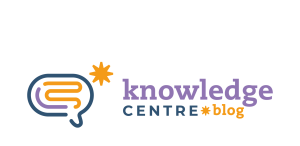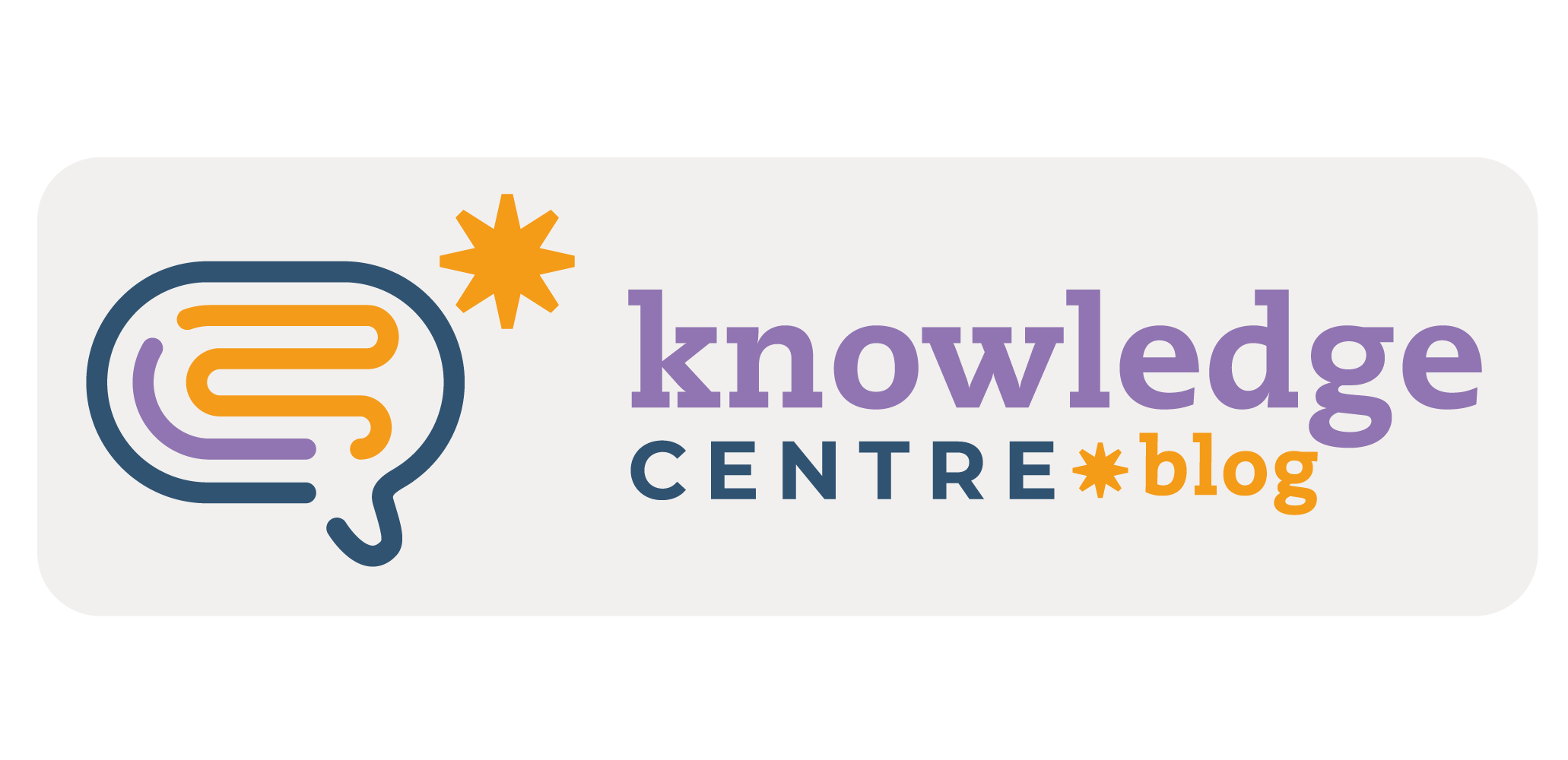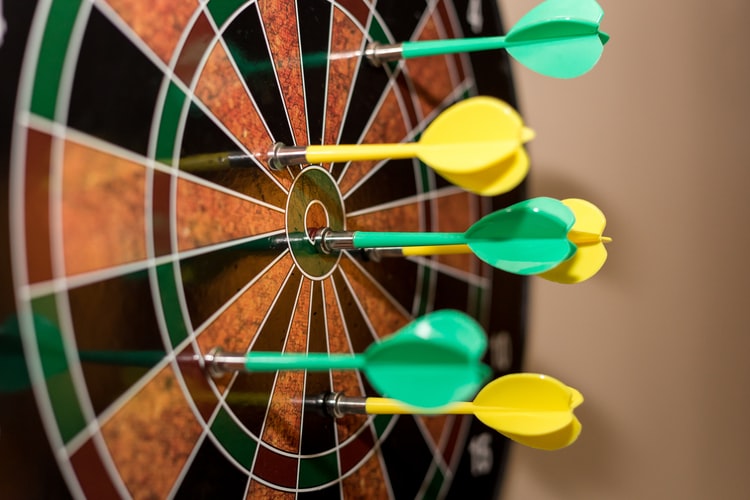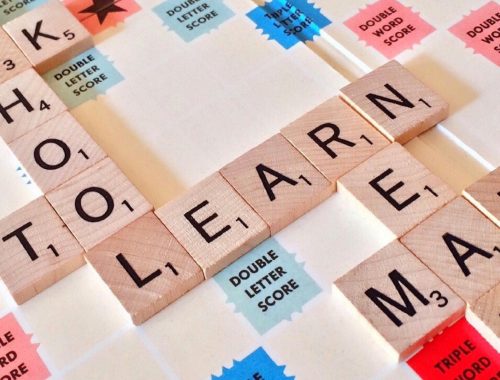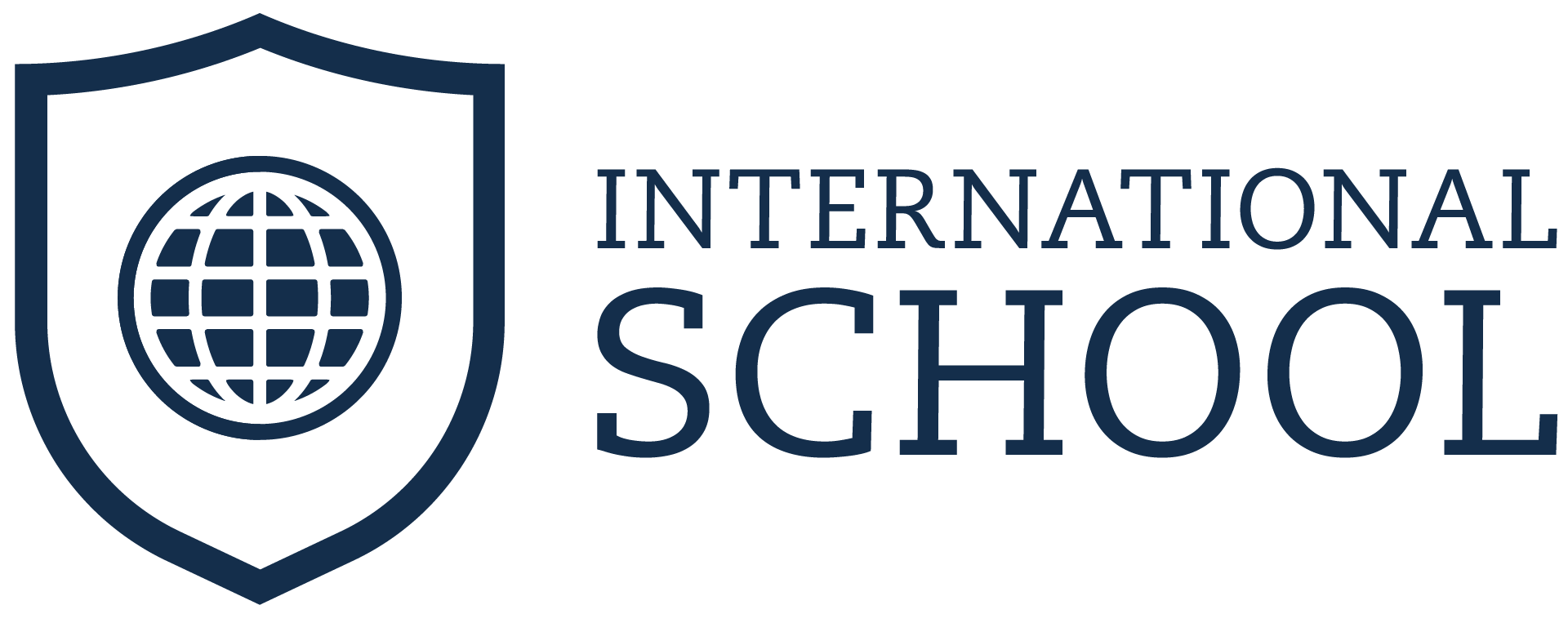As teachers, we know how important planning a lesson is. We think of the atmosphere, the learners, the tasks and procedures, the materials, classroom management, and… the lesson aims. Right? Although it might seem obvious that a teacher knows what they want to achieve with a lesson, it may be tricky to stablish the lesson goals and understand how they differ from procedure.
Confusing? Maybe. So, let’s check this out: which of the following would you say is a lesson aim?
By the end of the lesson students:
1)…will have listened to the audio about sports rules and done the exercises related to it.
2)…will be better able to talk about sports rules.
When setting the main aim(s) of a lesson, try to answer these questions: “What do I want my learners to be able to do by the end of a lesson? Which things will they have learned?” These aims can be related to different areas, such as language, content, the development of a language skill, awareness of cultural matters etc. On the other hand, when thinking about how you intend to reach that you are setting the procedures. If we consider the lesson a journey, we can say the lesson aims are the destination, whereas the procedures/tasks are the route which can take you there. Based on that, we can say number 1 is a procedure aim, while number 2 is a lesson aim.
It is important to consider how hard it is going to be to achieve that aim. If you set unrealistic expectations for your lesson, your students will either get frustrated (because it is too difficult) or bored (because it is too easy). So, to plan the next step, never forget to take into consideration what your students already know and what they need to learn next. To keep students engaged, remember to vary the procedures!
Other than the main and the procedure aims, you can also set:
Personal aim(s) – things you want to improve in your teaching and can be based on feedback you received (such as “prepare more scaffolding”, “improve my time management” etc);
Stage aim(s) – why you are doing what you are doing in the different stages of the lesson (such as “to encourage autonomy”, “to recycle vocabulary related to sports”, “to consolidate the usage of make/do”, “to develop communication”, “to pre-teach vocabulary”, “to ensure students have the correct answer”).
“Alright, I got it now…but I use a coursebook and the main aims and all the procedures are already specified, so I don’t need to think of it”. Well, not exactly. Even though coursebooks can be a great tool, they were not written for a specific group of students and cannot replace your own planning: as a teacher, you must be able to adapt any kind of material considering your students and the specific goals you would like them to achieve (Callum Robertson, BBC English).
Plan as hard as you can, but do not forget to be flexible. Things not always happen the way we planned – sometimes students do not engage in the proposed activity, or you plan to go outside and it rains, or the power goes out! Knowing the aims of the lesson implicates on decision making while teaching it, therefore it is a fundamental teaching skill (Scrivener, 2011).
So, why is it important to have clear aims? Because when you know where you want to get, it is easier to find purpose on everything that happens on the way.
How about you? What are some ways you believe would make it easier for lesson aims to be achieved? Share your comments below.
REFERENCES
Perera, Noel (2019). Identifying and Selecting Lesson Aims. TKT Cambridge. Available: https://www.tktcambridge.com/wp-content/uploads/2019/02/Identifying-and-selecting-lesson-aims.pdf
Robertson, Callum (n.d). BBC English. Planning 1 – Planning Is One Of Those Essential Skills Of The Competent Teacher. Available at: https://www.teachingenglish.org.uk/article/planning-1
Scrivener, Jim. (2011). Learning Teaching – The Essential Guide to English Language Teaching. Third Edition Macmillan.
By EDC
